Wilderness Adventures
Packing for a wilderness shoot
When hunting in the wilderness where you must carry everything yourself, you can’t bring everything with you. But what should you bring, then? Here is some great advice that’s been harvested after multiple wilderness hunts around the World.
It will take time to find out exactly what you need and what you don’t in the back country. The normal progression is that a first, you will bring way too much and hate yourself for it. After that you will go the other way and go as light as possible. This will probably work fine for some time, until it doesn’t anymore: An important buckle breaks, or your lightweight rain gear is not up for the task. Once again, you will hate yourself, this time not from your heavy pack, but from being miserably wet and cold, having a backpack with no shoulder straps, or simply for not bringing the gear you need.
Finally, you end up in the middle of both extremes. This place will be different for everyone. Some will have a lot of field knowledge and don’t need a lot of gear to do the job. They may also not mind being a bit miserable if it means that they can at least have a light backpack. On the other hand, you have people that will rather carry more, so that they have more “luxury” items when they are out there.
In this article, I will try to help you make the way to your sweet spot a bit easier. I will not be presenting an exact list of what you need, but I will present you with a guideline so you can avoid a lot of the mistakes that 99% of all newcomers make.
I will be breaking it up into a few key points: clothing, sleep system, cooking system, gear, and optics. Food I will not get in to here, it’s a whole article in itself. Your weapon is what you have, so that I won’t get into either. With every key point, I will make a list of what I will bring with me for a longer trip into the back country.
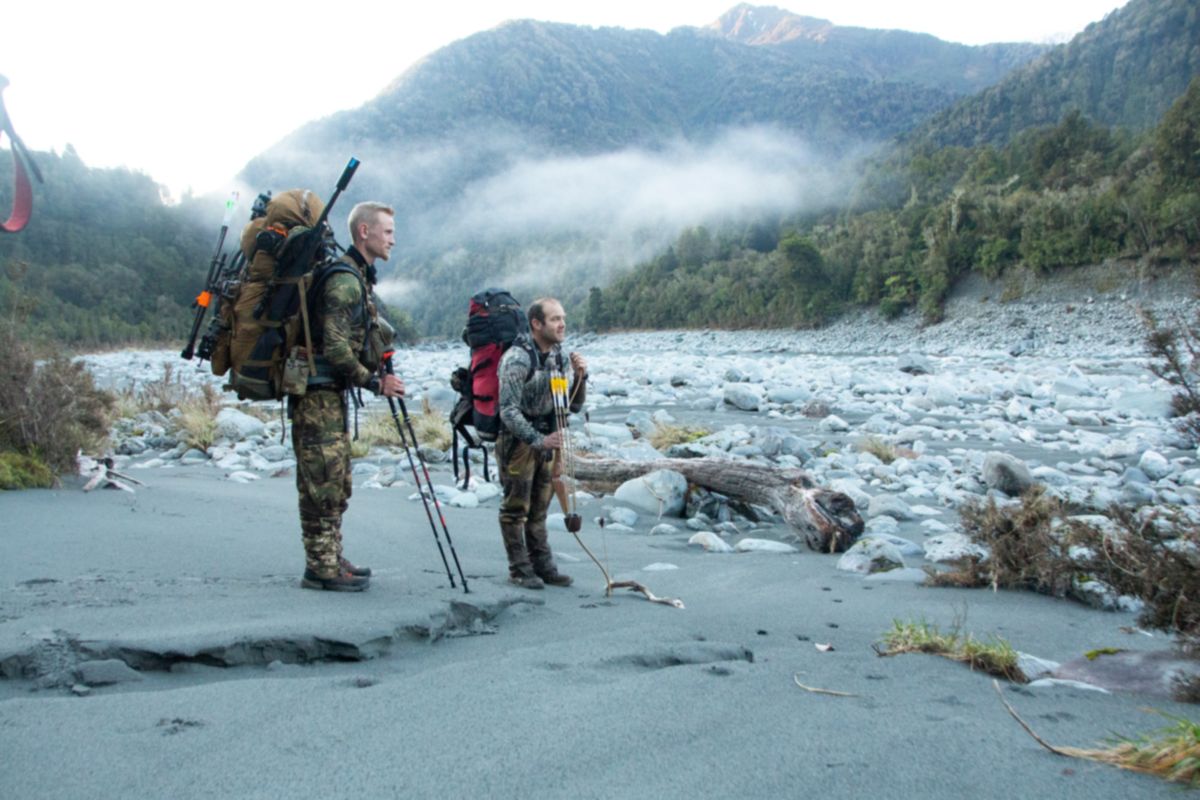
“At first, you will bring way too much with you on a wilderness hunt and hate yourself for it.”
//CLOTHING//
My goal for packing clothing is that if I hit the worst weather possible on a hunt, I will have all my clothing on and nothing left in the backpack. If I hit that level, I have packed perfectly, as I only carry exactly what I need, and I will have no dead weight.
No one cares if you smell in the back country, so no need to bring fresh socks and underwear for every day. If you fancy, you can bring two pairs of underwear, one on and one you can wash. If you are like me, you have one pair on and that’s it.
Socks are different: You bring two or three pairs. That way you can always have one pair drying and one pair on. If you a luxury animal you can bring one nice, thick, and warm pair for the camp. When I started hunting, I was told to bring two pairs of mid layers, so you could change to a dry one when you had to sit still after a hard walk. But this never made sense to me: When you change, you just have a wet t-shirt in your pack with no way to dry it. So rather just keep the wet one on and dry it with your body heat.
I have started to bring more then one base layer, though, but it’s only because I have dropped my heavy shirt. Instead I bring two thin base layers. This gives me a layering system, that makes it easier to control my body temperature.
2-3x Socks
1x Long underpants
1x Pants
1x Jacket, Hard shell
1x Jacket, Puffy
1-2x Base layer
1x Mid layer
1x Gloves
1x Beanie
1x Boots (a pair)
1x Gaiters
1x Buff
//Sleep system//
This is a place where you can really save a lot weight, but you have to think a lot about how you do it, as it can also put you in some really dangerous situations if you go too light and your sleep systems fails or you just don’t know how to use it properly.
I really like my floorless shelter for the longer trips. There is lots of room in it, which is really nice when you have to live in it for a long time. When it’s cold, I can put a stove in it, and I’m nice and toasty when the wind, rain, and snow is howling outside. On the other hand, if the trip is just for a few days, I will often just bring a bivi bag. It doesn’t offer a lot of room, but it’s light. Lastly, if I’m over tree line in the mountains, I will often go for a 4-season tent, for safety reasons.
Regarding the sleeping bag, the most important things is that it’s warm enough for the weather I’m headin into. If the weather is not freezing, I will for most times prefer a synthetic sleeping bag over a down one, because I won’t have to think about it getting wet. As soon as I hit minus degrees throughout the whole hunt, that’s not really a problem anymore and I will switch over to a down bag as I can save a lot of wight by doing so.
You can have the best sleeping bag in the world, but without a good sleeping pad, it will still get cold. For warmer weather, I like the foam pad. It doesn’t weigh much and can’t puncture. On the downside, it’s not as comfortable as an inflatable pad and it does not do well in the cold. When it gets cold, I will use an inflatable pad, a really tick one with high R value, so I don’t get cold. I also bring a puncture kit for it, but so far, I haven’t had to use it.
1x Sleeping bag
1x Sleeping mat
1x floorless shelter
1x Ground sheet
1x stove

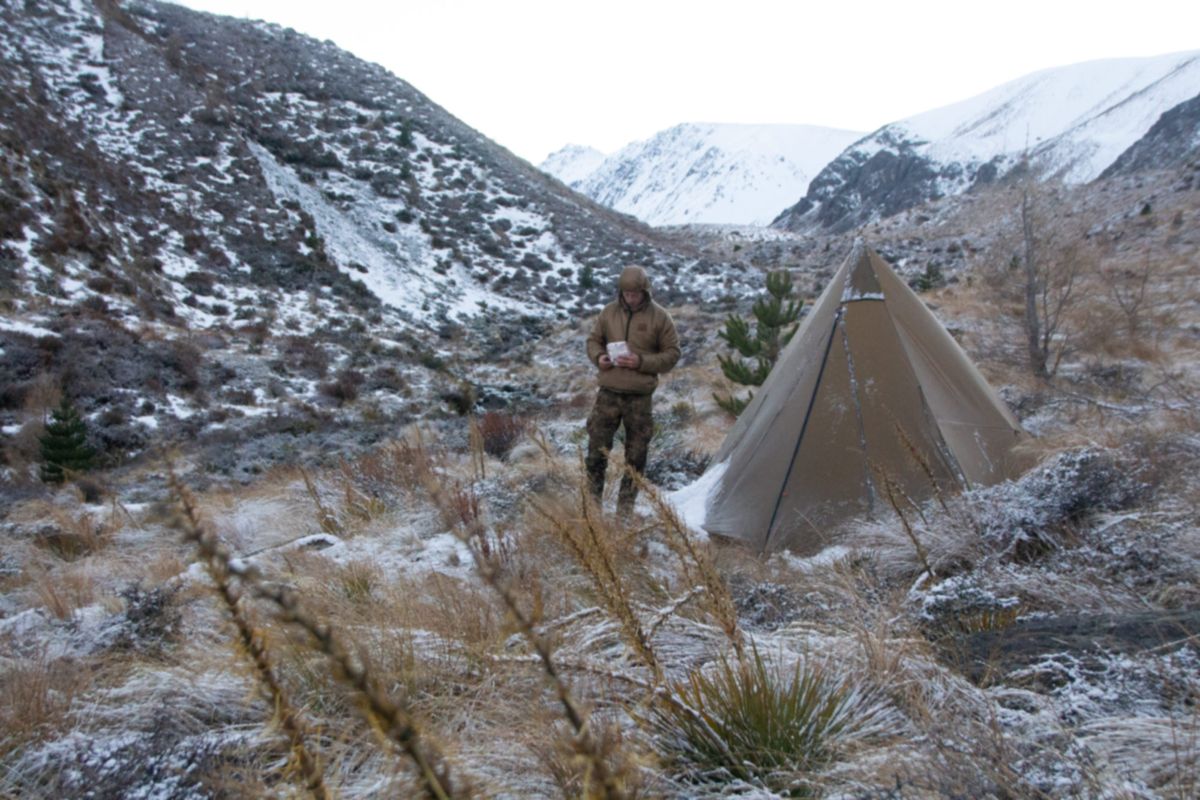
Cooking system
For long trip in the back country, living off of freeze-dried food, there are few things that will beat a gas stove system. They are easy and fast to use, really efficient, and if you buy one of proper quality, it will take a beating.
The only time a gas stove system has been letting me down, was when I tried to boil water on a Winter hunt in Greenland. It was simply too cold, so the gas didn’t work properly. Here a multi-fuel stove would have worked a lot better, but so far that’s the only place I have been where a gas stove did not work.
1x Gas stove system
1x Gas (more for extended trips)
1x spoon
Gear
There is a lot of gear I could cover in this part, but I will limit myself to some of the important stuff I will bring for every trip to the back country. First off, there are trekking poles. For me this is a must have. It took me a long time to finally buy a pair: In my mind, it was something that old people would use when walking in town. But boy, was I wrong. Using a pair of trekking poles is like going from 2 wheel drive to 4 wheel drive, and nowadays, I always bring a pair with me.
I will always be using a sitting mat in camp, but the biggest job is when I’m glassing. By using it, I stay dry and warm in my behind. That allows me to sit and glass for longer and maybe find an animal.
I will also always bring a Garmin inReach mini. This is both a GPS device and an emergency beacon. I’ve never used the GPS because I prefer a real map. But the emergency beacon is for me a must if you go far away from civilization. You will hopefully never use it, but better safe than sorry. On top of that you can use it to send an SMS to your loved ones and tell them you still alive and, more importantly, get weather forecasts.
Tensoplast tape is pure gold to me. You can tape up your feet if you’re having sore spots, you can use it as a first aid item if you get hurt, or you can simply use it to tape things together. All in all, it is a really useful “multi tool” for the bush.
1x Garmin inReach mini
1x Sitting mat
1x Set of walking poles
1x toothbrush
1x toothpaste
1x Roll of toilet paper
1x Big amd 3 small dry bags
1x Knive
10x Extra scalpels
2x Meat bags
1x First aid kit
2x Head lamps
1x Water bottle
1x Water bag
2x Fire starters
1x Roll of Tensoplast tape
1 Sleeping map repair kit
1x Tenacious repair kit
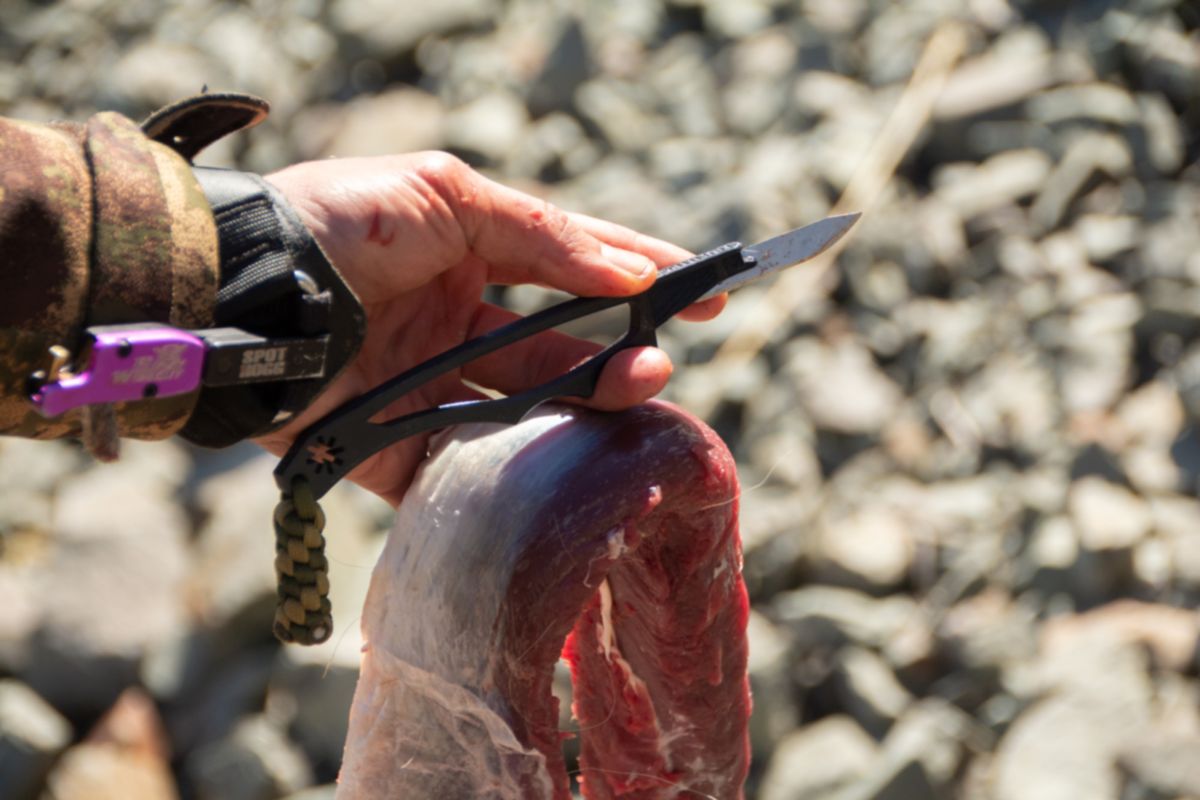
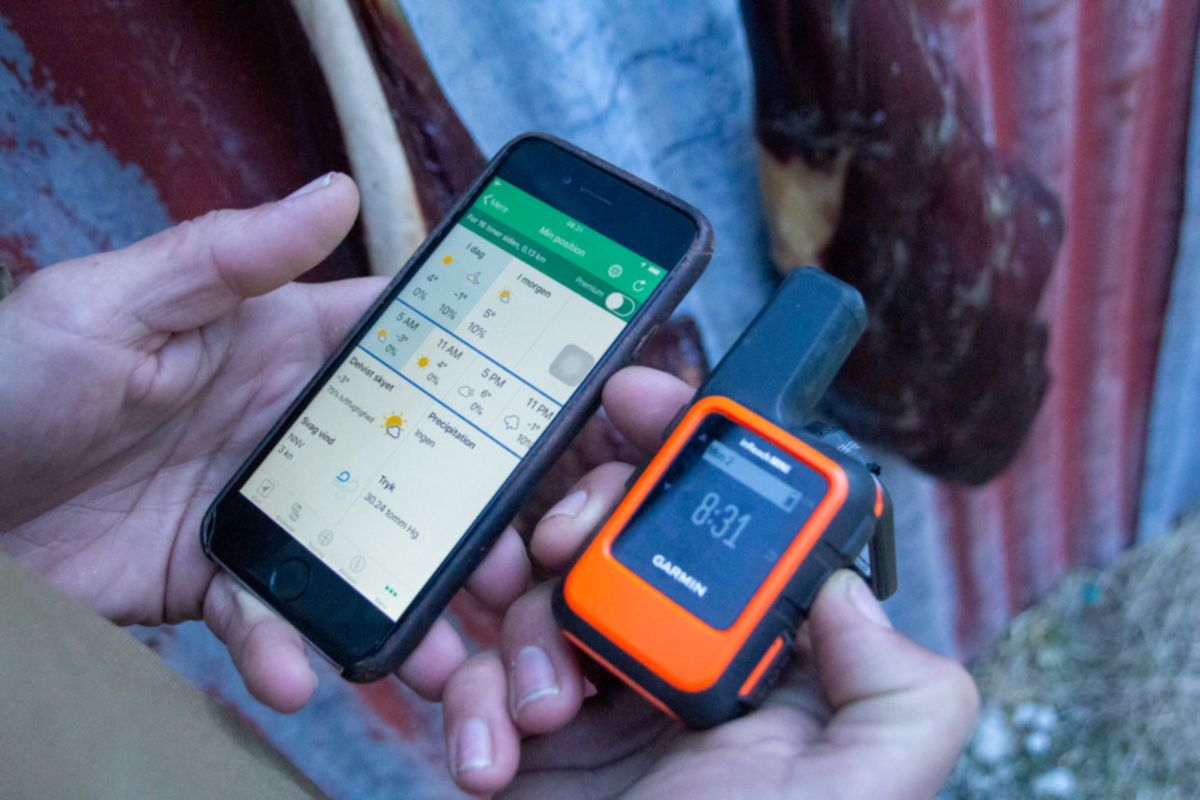
Optics
What optics I bring depends on how I’m hunting. For me, a 8 power bino make no sense, I use a 10 power for everything, from dense bush in Cameroon to mountain hunting in new Zealand. Eventually, I will buy a 15 or 18 power bino: I have been fortunate enough to have friends that have borrowed me some and they are amazing.
You need a tripod to get the full out of them, though, but I also use one for my 10 power if I have the time to set it up, as it gives you a lot clearer picture. Lastly, there is the spotting scope. Again, it’s a thing that needs a tripod, but a spotting scope is a super useful thing. I use it as the name indicates for spotting animals, but more often I will use for assessing animals. Some of my biggest trophies are only on the wall because of the use of a spotting scope. Without it, I would properly have gone for other animals.
1x Binocular, 10 power
1x Binocular Harness
1x Tripod
1x Binocular mount for tripod
1x Spotting scope
3 Lens cleaning cloths
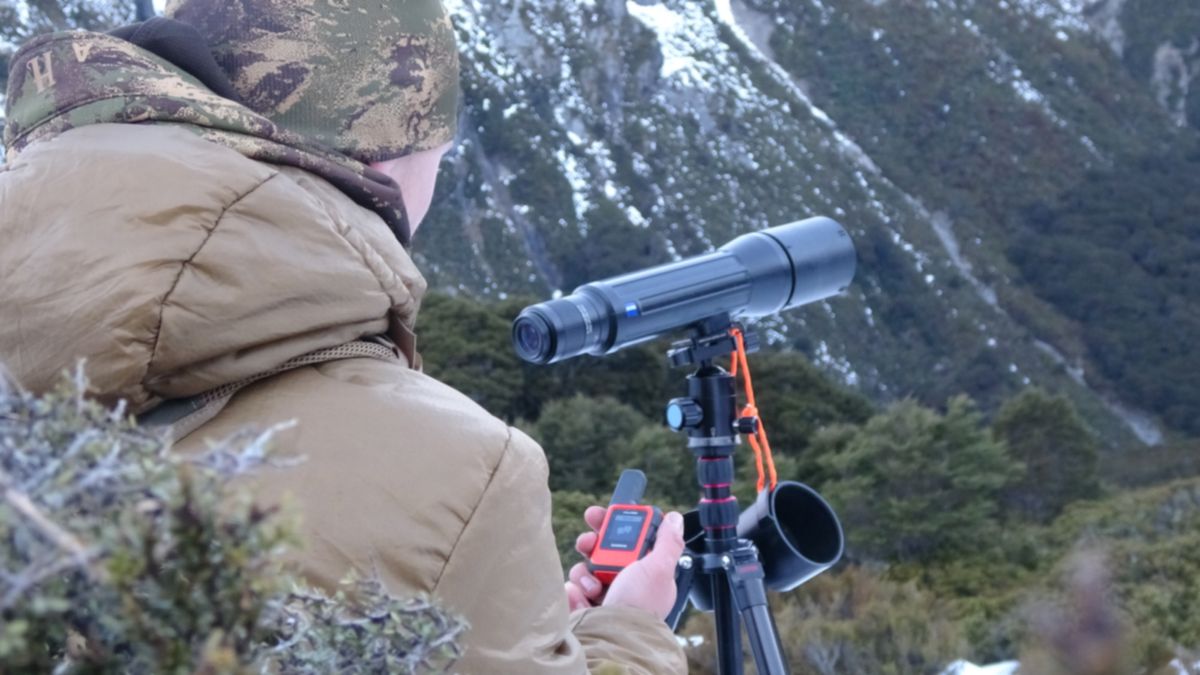
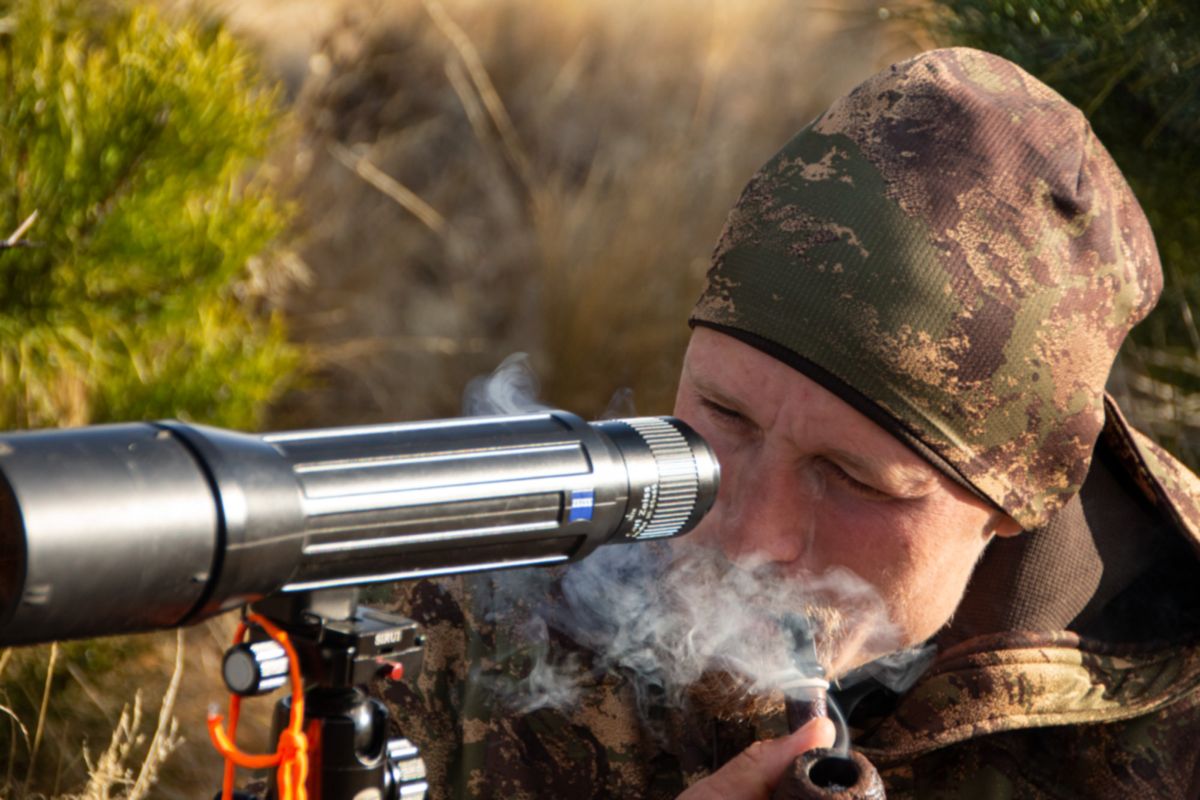
// Written in corporation with Philip von Arenstorff who, after having served in the Royal Danish Army, has worked with outfitters from the North Atlantic to Africa. He is a steady contributor to several Danish hunting magazines. //